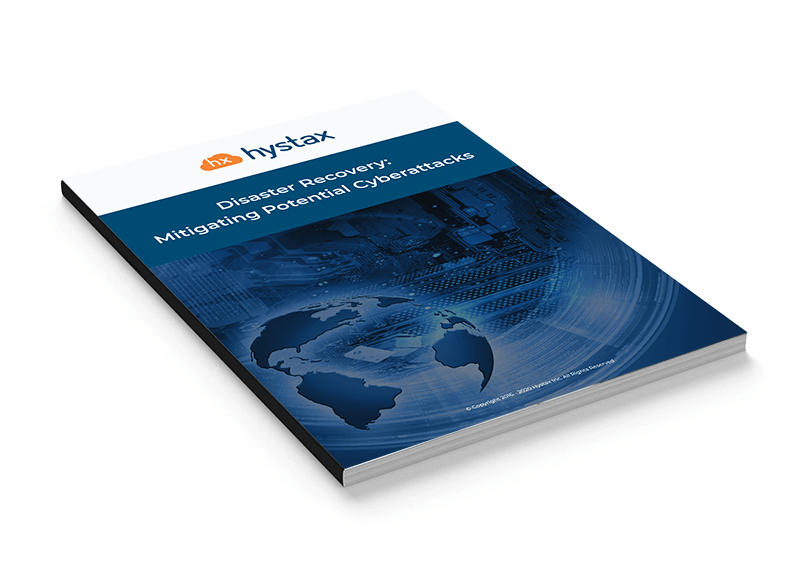Disaster Recovery:
Mitigating Potential Cyberattacks
Industry Benchmarks, Disaster Recovery Trends & Strategies, Best Practices to Mitigate Cyberattacks
Regardless of your cloud strategy - multicloud or hybrid cloud - enlisting tools which assure you substantial disaster recovery methods for prevention is critical in today’s climate.
- employ the right solution to monitor, detect and prevent cyberattacks
- benefit from cloud-based disaster recovery
protect your business from the spreading threat of ransomware
Top insights

A glimpse of insights uncovered
With cyberattacks breaching IT systems more frequently than ever before, companies across all industries are increasingly adopting data recovery as a service (DRaaS) solutions to protect their enterprise’s infrastructure and security.
Disaster recovery tools are designed to identify these attacks, and alert businesses and stakeholders immediately. These potent tools can be applied strategically based on custom criteria such as; enterprise size, end-user industry and/or geography to increase efficiency.
Building a traditional disaster recovery site is one solution, but this could be cost-prohibitive in terms of required space, equipment, manpower, maintenance and testing resources. Accounting for all the above means incurring high CapEx and OpEx, and makes having multiple centers to be scalable and provide real-time transmission, a necessity.